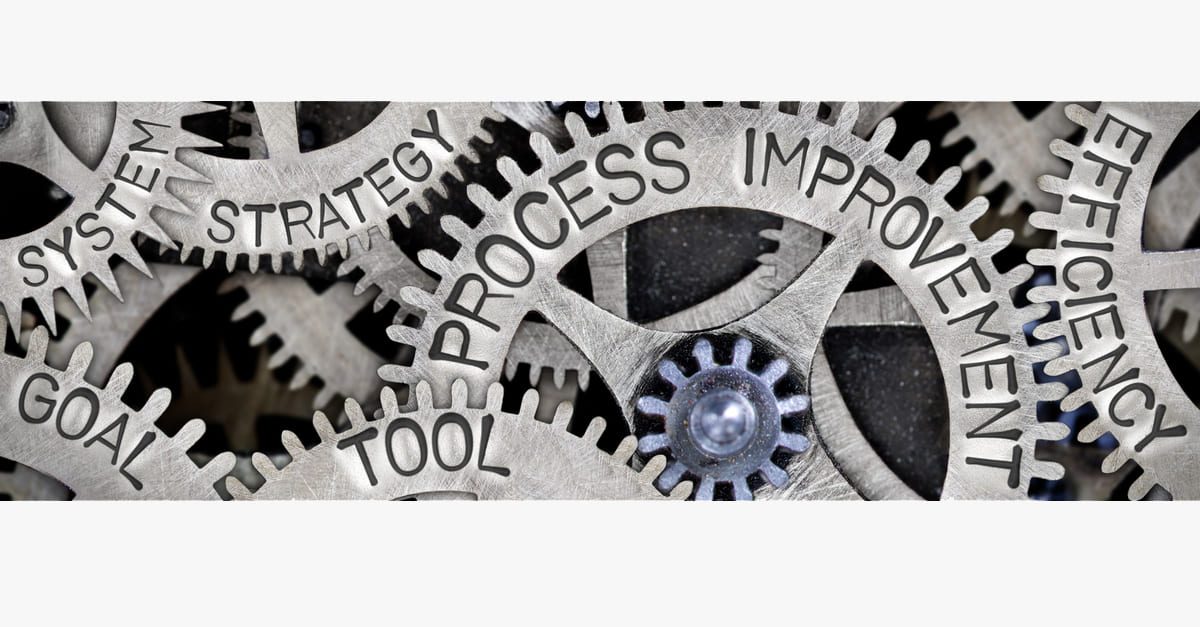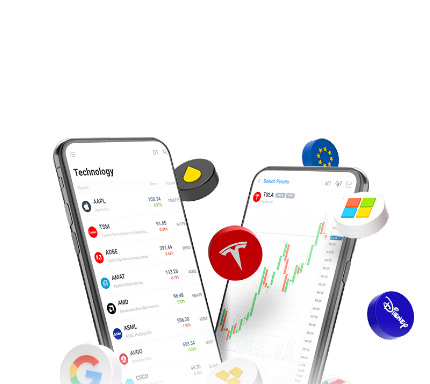Goal Setting in Trading: How to Set Process Goals?

7 minutes for reading
Let us talk about such a thing as goal-setting in trading. Earlier, my colleague has already touched on this topic in his post👇, which is a practical guide to setting goals in trading. In this post I decided to return to this topic and will try to delve into this problem from psychological side.
Today, everyone advises you to place goals and even visualize them to let out the powers of your subconscious. Well, your subconscious is a much more complicated mechanism than described in popular psychology books, so we will leave those recommendations out and turn to practical experience.
There are two types of goals in trading – financial and process. A financial goal motivates a trader by a potential profit, while a process goal – by scrupulously completing the trading plan.
Life shows that there is only one group of traders that can afford to place financial goals – they are experts. For all other traders, process goals will be much more efficient. In fact, for experts, following the financial plan is also the number one goal but financial motives may push them further forward and increase working efficiency.
The complicated part of trading is that money is both the measure of the result and a reward for it. This is different from, for example, sports where a sportsperson gains points but also gets a reward that depends on the point quite indirectly.
All in all, as long as in trading, the process and result are intertwined, the trader needs to separate the process from anything else and focus on it. This is not that simple, of course, because the completion of the plan depends on the ability to perform repeated actions calmly, even if they lead to a series of losing trades.
Process approach to goal-setting in trading
In a lecture, Alexander Elder spoke about his friend who had used to be a losing trader but some time later became one of the most successful managers. When asked about his secret, the man explained that he succeeded after he imagined that he had a boss living in the Bahamas who paid him for completing trades by a certain plan, not for the sums he earned. He imagined that even he made money at the expense of violating the plan, his boss would not pay him; conversely, if he lost money following the plan, the boss would pay.
This logic is a perfect representation of the process approach to trading. When I am asked: “What profit characterizes an expert in trading?”, I reply that profits do not characterize a trader at all. In the short term, a profit may demonstrate a random coincidence of the trader’s action and the market state; also, keep in mind that the trader’s task is not to make money in the short term but to survive in the market and keep earning in the medium/long term. This is a sign of a successful method/system and compliance with it; this should be called professional trading.
How to set process goals in trading?

A goal “to trade as well as I can” is not a goal at all, it is formulated non-specifically, and we know that non-specific goals are very hard to reach. A process goal must deal with specific skills that you would like to develop and specific habits that you would like to change.
To find out what exactly you lack or what hinders your work, try logging your trading, writing down your results, and commenting on your decisions. A bit later you will see what needs correcting.
A “correct” trading goal must meet the following expectations:
- It must be time-bound.
- It must be realistic.
- It must be focused.
Let us discuss each point separately.
Time limits
Under “setting time-bound goals” we mean that the goal must have time limits by the end of which the results are assessed. Say, week goals are efficient. Naturally, time depends on your pace of trading: an efficient day trader may easily set daily goals.
Realism
Making your goals realistic means that you realize: your problems and behavioral patterns that took time to form are unlikely to change overnight. Here, subjective scaling might be helpful: “Next week, I will increase my patience when looking for a good setup by 30%”.
Try not to aim at changing everything at once: habits need time to take root.
Focus
Setting focused goals in trading means that you work on one goal at a time. This helps you concentrate the required amount of attention and increases the probability of changing.
Naturally, after your chosen period expires (for example, after a week of work), “scale” your progress – how many points have you gained in reaching your goal. You need to be honest, however, avoid self-castigation. As I have written in a previous article, mark what you have done right every day.
Behavioral patterns and how to change them

When learning, each trader works out certain behavioral patterns that may either be efficient (useful) or lead to impulsive destructive actions, such as “price chasing”, moving the Stop Loss, re-opening the position (revenging on the market).
The process of changing such patterns to some extent resembles getting rid of bad habits, such as smoking or overeating. A person makes a destructive action knowing that it will harm their life (health, finance, etc.) but cannot help it. A simple recommendation in such situations would be “stay disciplined” but no one suggests any solutions for working out the discipline.
What does the science of change, or coaching, suggest?
The main stages of changing

First of all, break down the process of changing anything in the following steps:
- Preparation (collecting information)
- Motivation
- Action
- Stamping in the result
For now, we will leave out the issues of motivation; we are interested in the process of preparing for a change of behavioral patterns. First, detect a pattern – in other words, decide which behavior you would like to correct. For this, analyze your worklog and single out repeated patterns, then place a specific goal formulated positively. For example, such a goal may be: to hold back from re-entering the position after the Stop Loss is triggered (provided that this is against your plan), or to stop after the daily or weekly loss limit was reached.
As a part of the preparation for changing a pattern, try implementing a “positive pattern” - for example, using programs for playback testing and trading on history. However, mind that this way you only help your patterns to change but this is still not enough because impulsive actions leading to destructive trades circumference logic as they emerge from some subconscious patterns, previously imposed on your psyche in other situations.
When you are trying to change something, realizing your triggers (factors or circumstances that trigger the pattern) might be helpful.
Your trigger may be a steep market movement (a leap of volatility); a trader may react completely differently, depending on whether they have opened a position or not. For example, watching your paper profit changing fast after a surge of volatility may trigger protective behavior – you close your position. Or (if you do not have an open position) you may start buying on “declines” after the surges.
Also, an out-of-market situation may trigger you: an unpleasant conversation or something else that provokes anxiety or the craving to prove something.
Summary
If you know your triggers, you get prepared for certain events and act cautiously. The most dangerous situation is influenced by several triggers at a time. Such a sequence of triggers may include an out-of-market situation, open position a preceding drawdown (or, vice versa, a profitable series of trades), a surge in market volatility. In such a situation, a trader will most probably start acting by their normal (destructive) pattern.
Always remember that in the process of changing you may pull back at times, but it is for you to decide whether a pullback will turn into a breakdown or not (under breakdown, I mean a complete return to the previous pattern).











